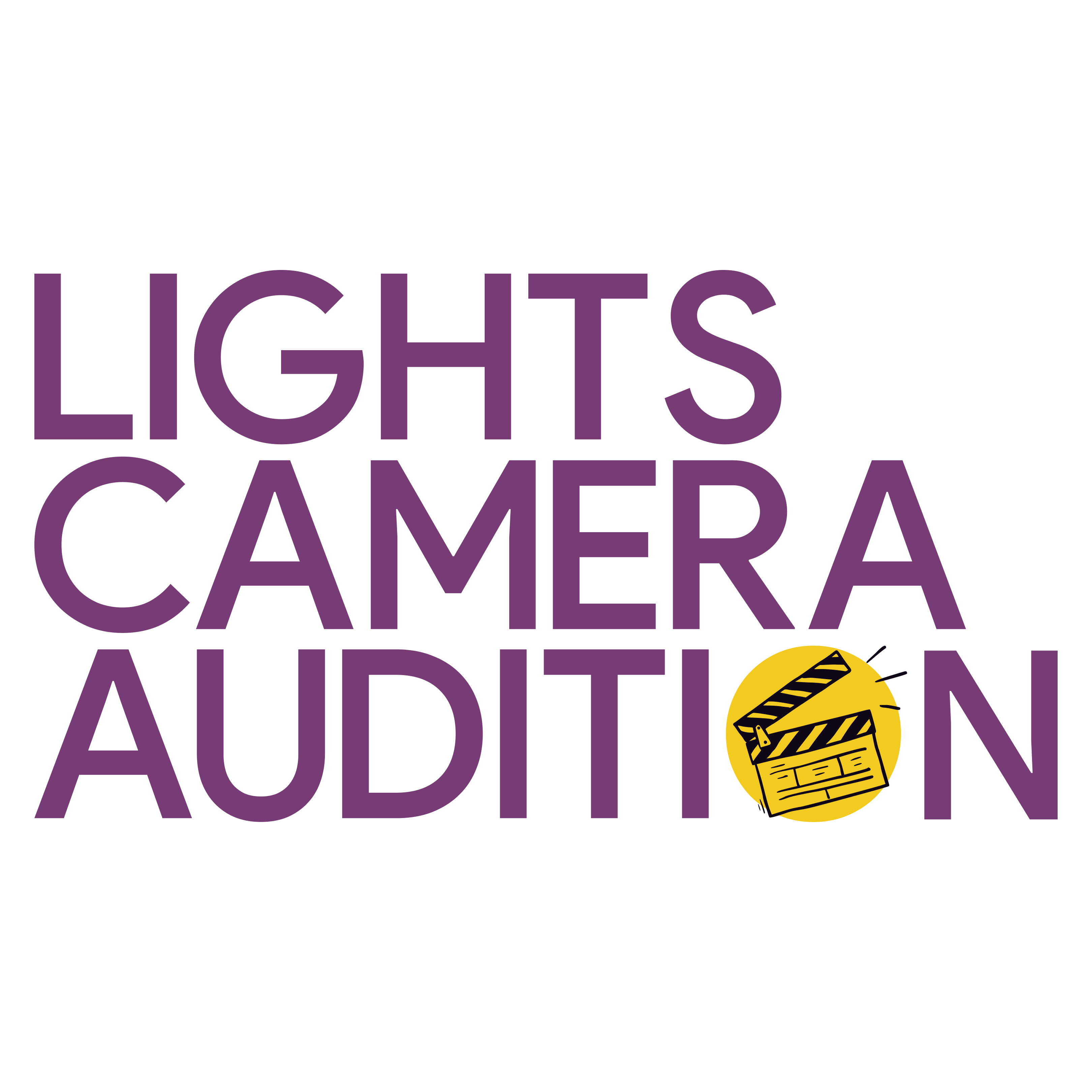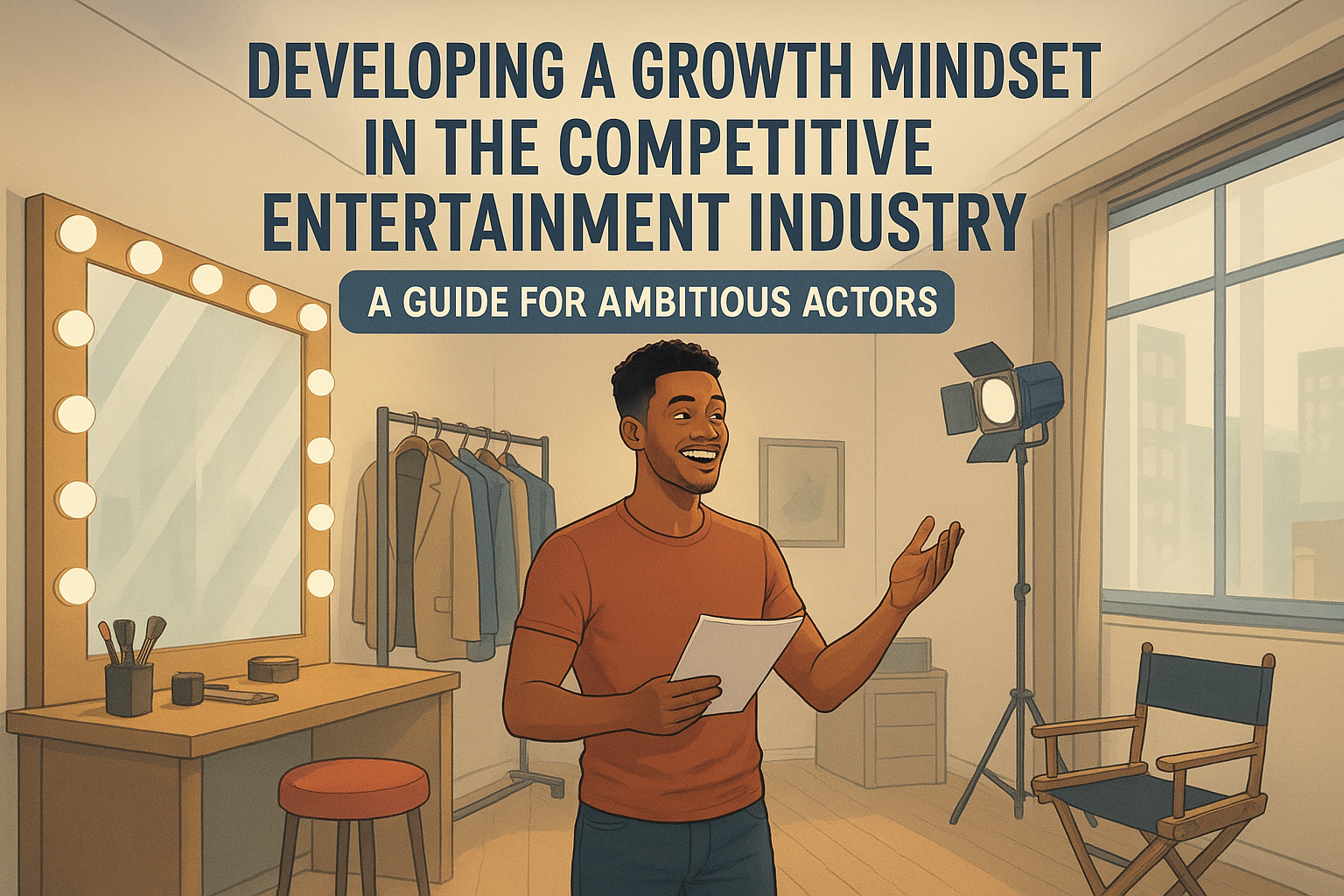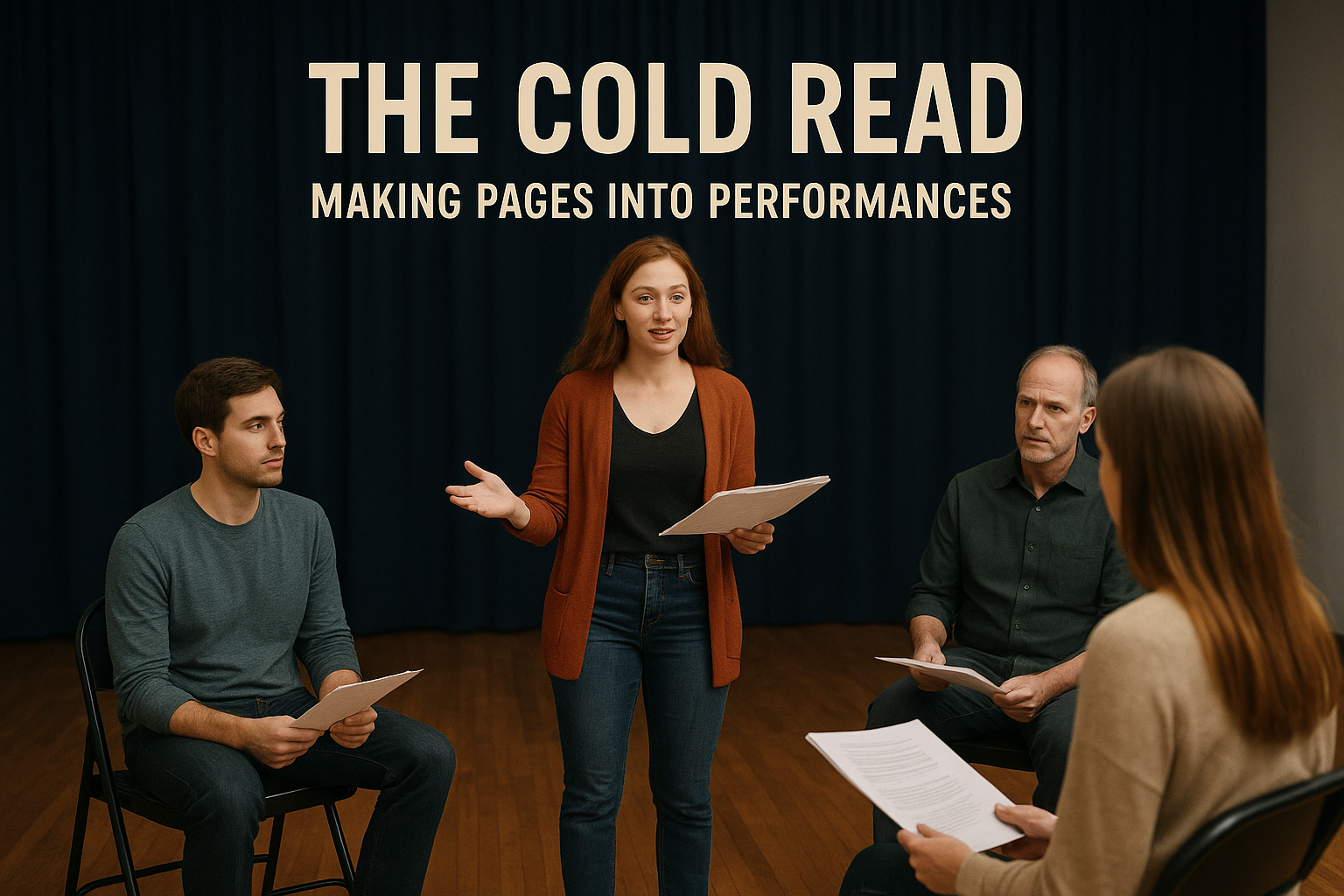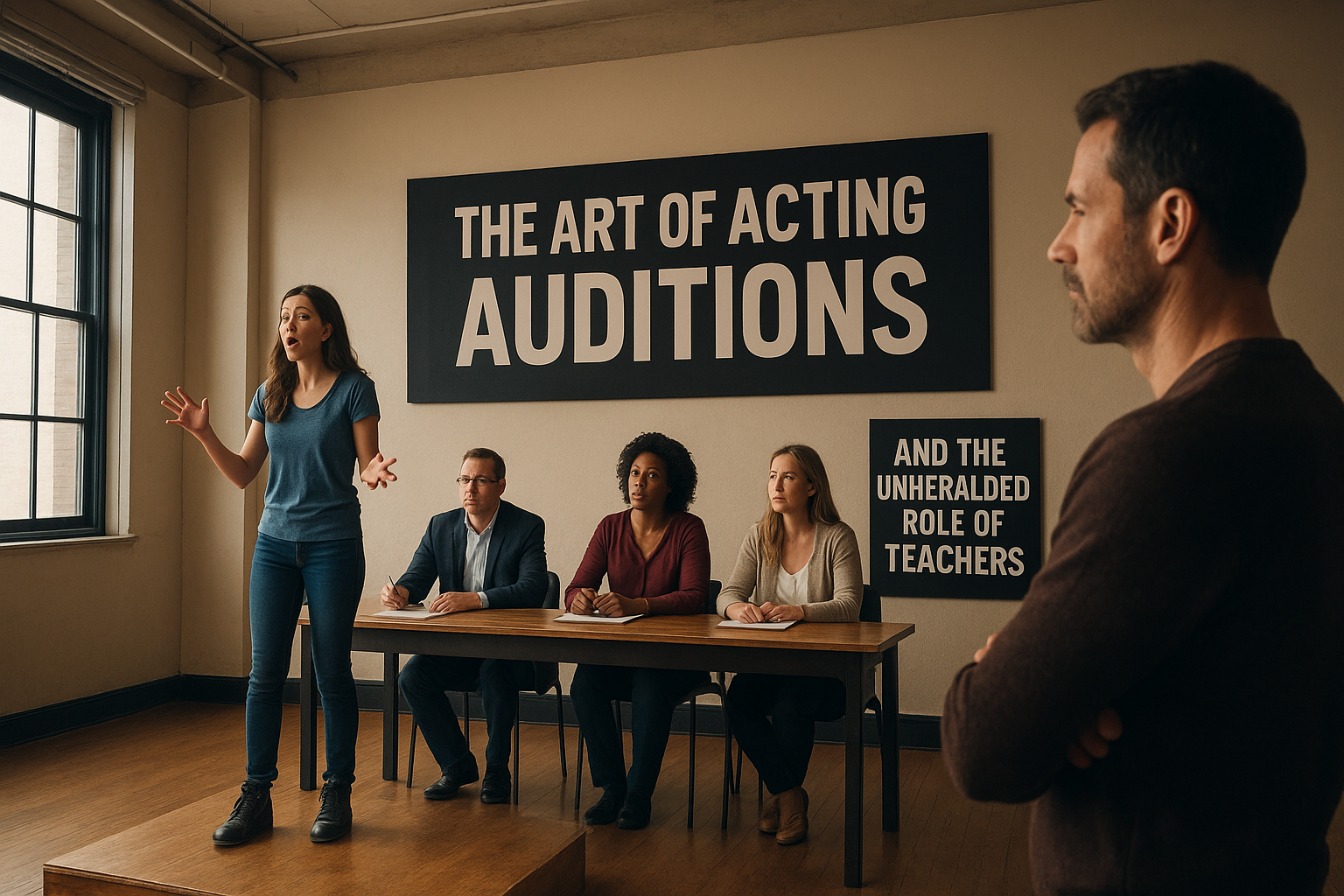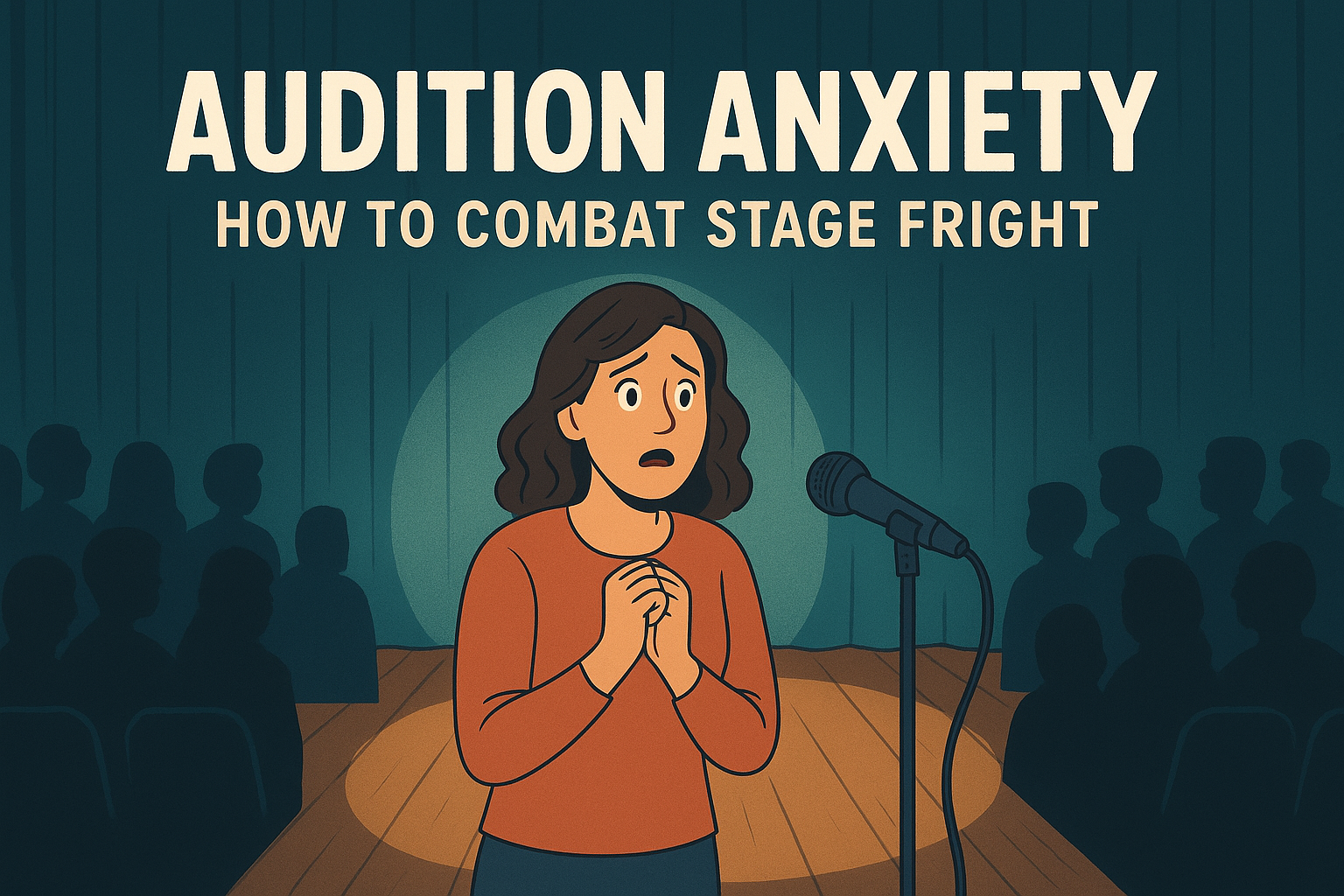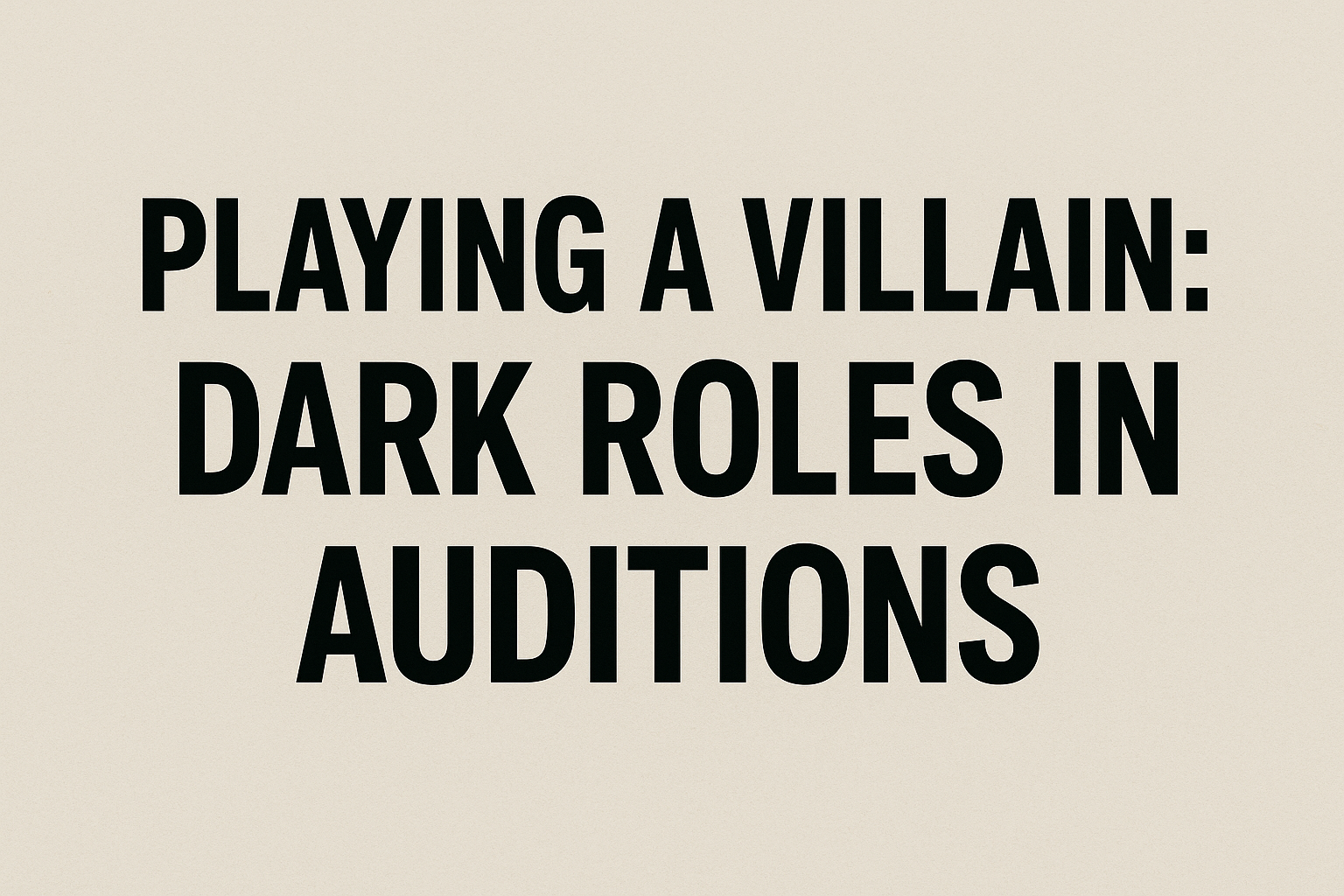
When it comes to acting, playing a villain is considered a challenge and a golden chance. Villains are multilayered, multi-dimensional, and probably the most remembered characters in a narrative. Be it old Bollywood films such as Gabbar Singh from Sholay or OTT villains such as Guruji from Sacred Games, dark roles determine an actor's fate.
But auditioning for a villain is an altogether different. It needs a firm grasp of psychology, body language, and emotional regulation. If you're a newbie or a seasoned actor wanting to master your craft, this blog will walk you through all that you need to know on how to audition for villainous roles.
Why Villain Roles Are Powerful
Villains tend to propel the story. They cause conflict, tension, and make the hero evolve. Due to this fact, they are frequently:
Emotionally sophisticated (not merely evil for evil's sake)
Unpredictable (keeping people on their toes)
Relatable in perverse ways (occasionally the villain is right)
That is, as a thespian, you actually get to steal the scene—especially in a supporting role.
Step 1: Know the Psychology of the Villain
The secret to a great villain audition is knowing why the character does what they do. Each villain thinks they are the hero of their own tale.
Ask yourself:
What motivates them? Power? Revenge? Insecurity?
What's their origin story?
Do they know they're hurting people, or do they rationalize it?
Secret: Don't play the character as strictly "evil." Find the human beneath the actions. That's what makes the villain so scary and believable.
Step 2: Voice, Tone & Delivery
Villains don't have to yell all the time. In fact, the worst ones tend to speak slowly and quietly, building tension through steady control.
Practice:
Modulating your voice to be commanding or creepy
Pausing strategically — silence can be just as potent as words
Employing deliberate pacing to create dread or suspense
For instance, imagine Nawazuddin Siddiqui as Ganesh Gaitonde. His voice does not yell menace—it breathes it, and that's what lures the audience in.
Step 3: Master Body Language
The way you move and carry yourself says a thousand words. Villains tend to employ small, calculated motions to assert power.
Practice:
Strong eye contact with no blinking
Controlled breathing and stance
Remaining still while delivering lines (stillness = power)
Slight expressions such as smirks or narrowed eyes
Record yourself to observe how these shifts impact your presence. Even a slight head tilt can convey much when auditioning for a dark character.
Step 4: Select the Proper Monologue
When auditioning with your own work, select a villain monologue that:
Has emotional depth (anger, sarcasm, remorse)
Is a narrative (not merely yelling threats)
Will let you switch tones in the middle of the scene
You can use iconic material or create your own from the brief. Just remember to emotionally connect with the text. Don't read it—own it.
Step 5: Self-Taping for Villain Roles
These days, a lot of villain auditions occur through self-tape. That involves your camera presence being perfect.
Tips for taping:
Have a neutral background, but think about a dimmer lighting setup (don't go crazy)
Dress understated to capture the character's energy (black, grey, formal, or rough)
Don't overdo dramatic makeup or costumes—your performance should speak for itself
Utilize close-up shots to get intensity in your eyes and face
You want to make the viewer uncomfortable—in a good way.
Step 6: Develop Dialogue Interpretation
Villains tend to employ multi-layered dialogue—they could be saying A while really meaning B.
Practice dual delivery: speaking the line, with your face or tone suggesting something more.
Add sarcasm, irony, or contempt when needed.
Speak lines like a cat toying with a mouse—not urgent, always in charge.
Step 7: Break the Stereotype
Steer clear of clichés such as booming evil cackles, over-the-top arm flailing, or furrowed-brow expressions at all times—except when genuinely driven by the scene.
Contemporary audiences want realistic, psychologically nuanced villains. Consider:
A smiling serial killer
A soft-spoken mob boss
A charming yet manipulative friend
The more layers you add to the character, the more memorable your audition will be.
Bonus Tips for Auditioning as a Villain
Be Consistent:
Your voice, expressions, and pacing need to remain consistent with the emotional progression of the character.
Experiment:
Perform a scene several ways. One cold and calculating. Another emotional and broken. Send your best one—or both, if permitted.
Prepare Backstories:
Even if the casting notice provides little information, create your own villain backstory. Knowing where your character has been will naturally shape your performance.
Don't Overact:
Intense doesn't equal screaming or crazy eyes. Less is more with menace.
Learn from the Greats
Study performances of great villains to learn from their technique:
Amrish Puri in Mr. India
Manoj Bajpayee in Gangs of Wasseypur
Heath Ledger as Joker
Rami Malek in Mr. Robot (ethically grey)
Arvind Swamy in Thani Oruvan (excellent Tamil villain performance)
Observe their voice, expression, posture, silence, and control over emotions.
To play a villain in an audition is your opportunity to display depth, confidence, and emotional intensity. Dark roles are a playground for serious actors who are interested in exploring the grey areas of human nature.
Go into the audition with consideration, courage, and subtlety. The greatest villains aren't horror monsters—they're damaged, smart, hurt individuals who just happen to make hurtful decisions. Demonstrate that in your acting, and you'll not only pass the audition—you'll dominate the screen.
In the high-stakes, emotionally demanding world of acting, rejection is frequent, uncertainty is constant, and comparison can feel unavoidable. The entertainment industry is as competitive as it gets—and in such an environment, your mindset can make or break your journey. While talent, networking, and luck all play their part, there's one internal tool that can drastically shift your trajectory: a growth mindset.
There is a moment every actor fears: the casting director places a script in your hands you've never laid eyes on before and says, "Take a minute, and when you're ready, we'll begin. Welcome to the cold read — perhaps the most unpredictable, yet vital portion of an actor's career. Whether you're auditioning for theater, television, or voiceover, cold reading is the skill that can break or make your chance at a role. But the good news is this: like every other craft, it can be practiced, honed, and eventually mastered. In this post, we will analyze what cold reading actually is, why it's important, and how you can transform a cold script into a warm, breathing performance.
In showbiz, auditions for acting are the initial and most often essential step toward a dream. For aspiring actors, an audition is not simply reading lines or acting in front of a casting director—it's a moment of exposure, innovation, and bravery. But behind every assured performance are years of education, instruction, and mentoring. And on Teachers' Day, it is only appropriate that we acknowledge the unseen architects of every actor's journey—their teachers.
Whether you're about to enter the spotlight for a dance audition, acting call, or singing performance, audition anxiety is an all too real and universal phenomenon—even for professional performers. The stress of doing well in front of casting directors, judges, or an audience can elicit nervousness, self-doubt, or even outright stage fright. But there's good news here: anxiety doesn't have to get the best of you. With the right skills and attitude, you can defeat stage fright and shine with confidence.
Lights Camera Audition!
Don't miss out on the latest updates, audition calls, and exclusive tips to elevate your talent. Subscribe to our newsletter and stay inspired on your journey to success!
